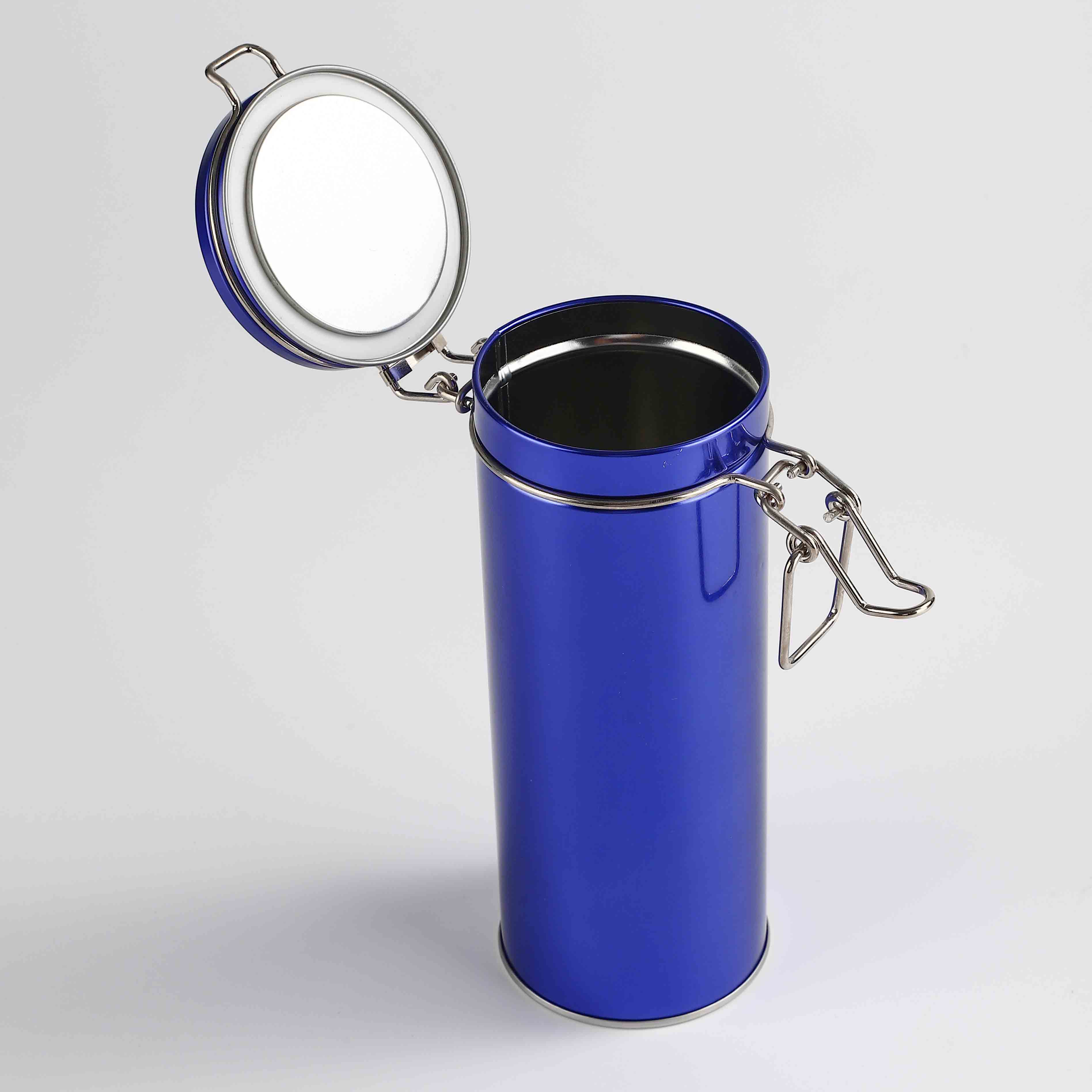Dec . 26, 2024 13:08 Back to list
Innovative ODM Packaging Solutions for High-Quality Tin Containers and Custom Designs
The Evolution and Importance of ODM Packaging Tins
In the modern world of consumer goods, packaging plays a pivotal role in distinguishing products, building brand identity, and ensuring product safety. Among various forms of packaging, ODM (Original Design Manufacturer) packaging tins have gained significant prominence due to their versatility, durability, and aesthetic appeal. This article explores the evolution, benefits, applications, and future prospects of ODM packaging tins.
The Evolution of Packaging Tins
Historically, metals have been used for packaging since ancient times, but the innovation of tinplate in the 19th century revolutionized the industry. The introduction of ODM packaging tins marked a significant shift in how products were presented to consumers. ODM packaging involves a direct partnership where manufacturers offer design and production services tailored to a brand’s specific needs. This approach allows companies to create unique packaging that stands out on the shelves while leveraging the manufacturer’s design expertise.
In recent years, the demand for ODM packaging tins has surged due to the growing consumer preference for eco-friendly materials and sustainable practices. Tins are recyclable and often made from sustainable resources, making them an attractive option for brands looking to minimize their environmental footprint.
Benefits of ODM Packaging Tins
1. Durability One of the main advantages of packaging tins is their strength. Tinplate is resistant to corrosion, oxidation, and extreme temperatures, which helps in preserving the contents. This property is particularly crucial for food and beverage products, ensuring freshness and safety.
2. Aesthetic Appeal Tins offer unmatched printing capabilities, allowing brands to creatively express their identity. With custom designs, vivid colors, and high-quality finishes, ODM packaging tins can attract consumers' attention and convey the product’s message effectively. Eye-catching packaging can significantly influence purchase decisions.
3. Versatility ODM packaging tins can accommodate a variety of products, including snacks, confectionery, teas, and even non-food items like cosmetics. Their versatility extends to various industries, making them a go-to choice for many manufacturers.
4. Cost-Effective Although the initial investment in custom ODM packaging may seem high, the long-term benefits often outweigh the costs. Tins can be used for multiple product lines, which helps companies save on packaging expenses and reduces waste by encouraging consumers to reuse or repurpose the tins.
odm packaging tins

5. Brand Loyalty Eye-catching, high-quality packaging can foster brand loyalty. Customers who appreciate the packaging are more likely to repurchase and recommend the product. Moreover, if the tin is reusable, it can act as a reminder of the brand long after the product is consumed.
Applications of ODM Packaging Tins
ODM packaging tins are prevalent across various industries. In the food industry, they are frequently used for coffee, tea, biscuits, and candies. Their ability to keep products fresh and their striking designs make them a popular choice among gourmet brands.
In the beauty and cosmetics sector, packaging tins serve not only as containers for products like balms and creams but also as gift sets for special occasions. Their luxurious feel and unique designs can enhance the overall product experience, making them an appealing option for both manufacturers and consumers.
Additionally, the use of ODM packaging tins in promotional campaigns has become common. Brands often release limited edition tins during holidays or special events, creating a sense of urgency for consumers. These collectible tins can also act as a marketing tool, generating buzz and enhancing brand visibility.
Future Prospects
The future of ODM packaging tins looks promising, driven by technological advancements and changing consumer preferences. With increasing awareness of environmental issues, brands are likely to gravitate towards sustainable packaging solutions. Innovations in tin manufacturing, such as using thinner materials while maintaining durability, can also reduce costs and environmental impact.
Furthermore, as e-commerce continues to grow, the demand for packaging that can withstand shipping conditions will rise. ODM packaging tins, known for their robust nature, are poised to meet this challenge effectively.
In conclusion, ODM packaging tins represent a symbiotic relationship between manufacturers and brands, offering a unique blend of functionality, aesthetic appeal, and sustainability. As the packaging landscape continues to evolve, ODM tins will remain an integral part of consumer products, driving branding and marketing efforts well into the future. Their ability to enhance product perception, preserve contents, and promote environmental responsibility makes them a valuable asset in the world of packaging.
-
Custom Large Metal Box Manufacturers: Durable & Reliable Solutions
NewsAug.08,2025
-
Large Metal Box Manufacturers - Custom & Durable Solutions
NewsAug.07,2025
-
Durable Large Metal Box Manufacturers | Custom Solutions
NewsAug.06,2025
-
Large Metal Box Manufacturers | AI-Powered Solutions
NewsAug.05,2025
-
Leading Large Metal Box Manufacturers | Custom Solutions
NewsAug.04,2025
-
Top Steel Pail with Lid Manufacturers | Rust-Proof
NewsAug.03,2025




















